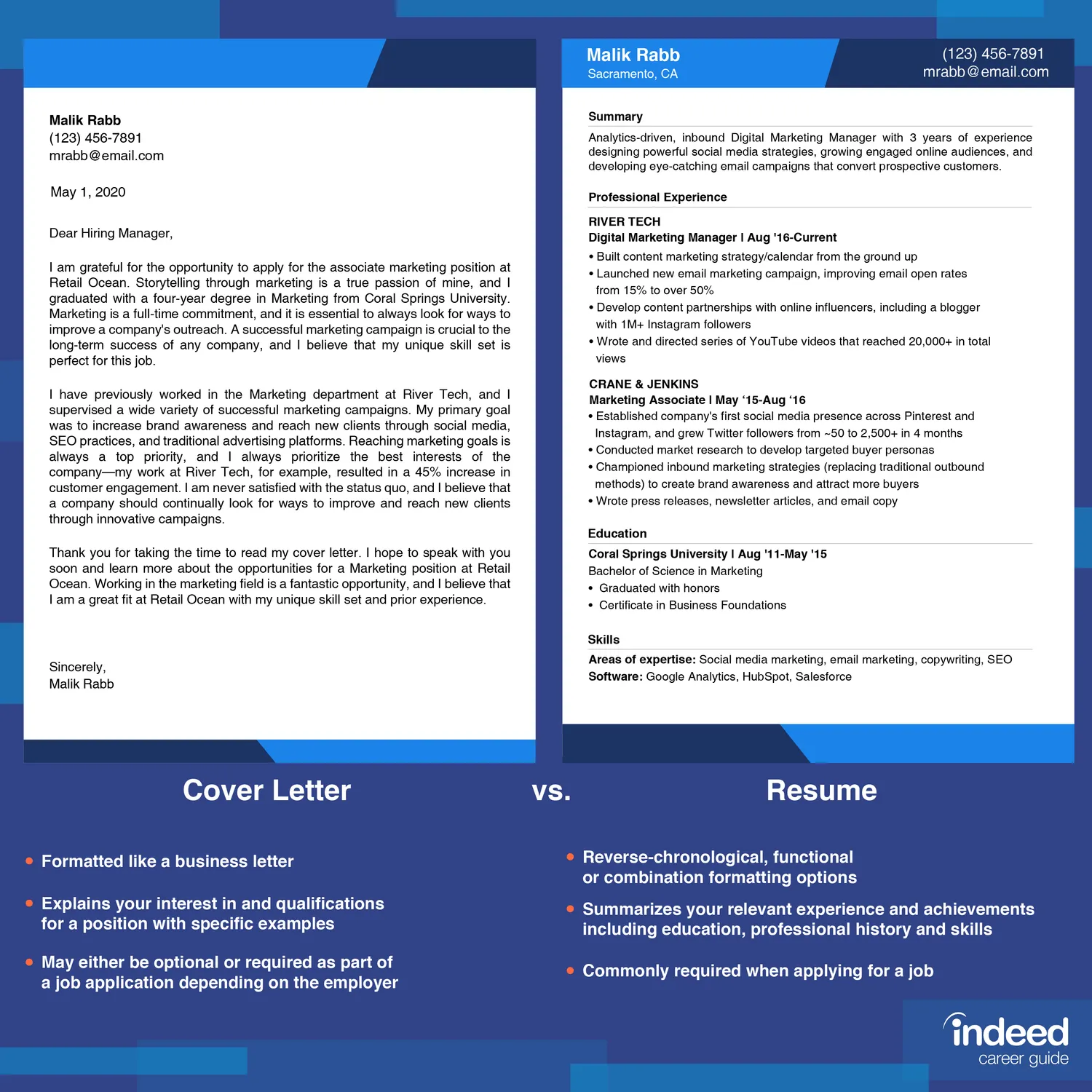7 Cover Letter Secrets to Get Hired
Landing your dream job starts with a powerful cover letter. It’s your first impression, a chance to showcase your unique value and convince employers you’re the perfect fit. But crafting a compelling cover letter can feel daunting. Don’t worry! This guide reveals the top 7 secrets to writing a cover letter that grabs attention, highlights your strengths, and gets you hired. Mastering these techniques will significantly increase your chances of success in the competitive job market. With the right approach, your cover letter will transform from a mundane formality into a powerful tool that opens doors to exciting career opportunities. Ready to unlock the secrets?
Secret 1 Customize Your Cover Letter
Generic cover letters are a surefire way to end up in the rejection pile. Customization demonstrates your genuine interest in the specific role and company. A generic cover letter shows you haven’t invested the time to understand what the employer is looking for. Tailoring your letter allows you to address the specific requirements of the job description and show how your skills and experience align. This personalized approach makes a much stronger impact than a one-size-fits-all template.
Why Customization Matters
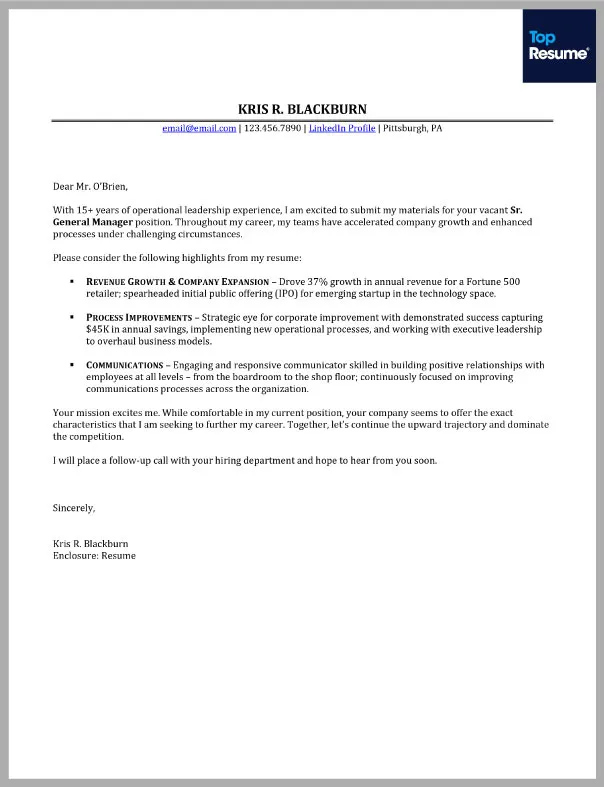
Employers seek candidates who demonstrate genuine enthusiasm for the opportunity. A customized cover letter signals that you’ve done your homework and are excited about the prospect of joining their team. Generic letters lack this crucial element, making it easy for recruiters to dismiss your application. Customization indicates that you understand the company’s values, mission, and culture. You can show how your skills and experience align with their specific needs and goals.
How to Tailor Your Letter
Start by carefully reading the job description. Identify the key requirements and desired skills. Then, review your resume and pinpoint specific examples of how you’ve demonstrated those skills in the past. Address the hiring manager by name if possible. Use the company website, LinkedIn, and other resources to learn about the company culture and values. Finally, revise your letter to highlight your qualifications in a way that directly addresses their needs.
Secret 2 Highlight Achievements
Don’t just list your responsibilities. Showcase your achievements. Instead of saying “Managed social media accounts,” say “Increased social media engagement by 30% in six months.” Use concrete examples to illustrate your impact and quantify your successes whenever possible. This approach grabs the reader’s attention and provides tangible evidence of your abilities.
Quantifying Your Accomplishments
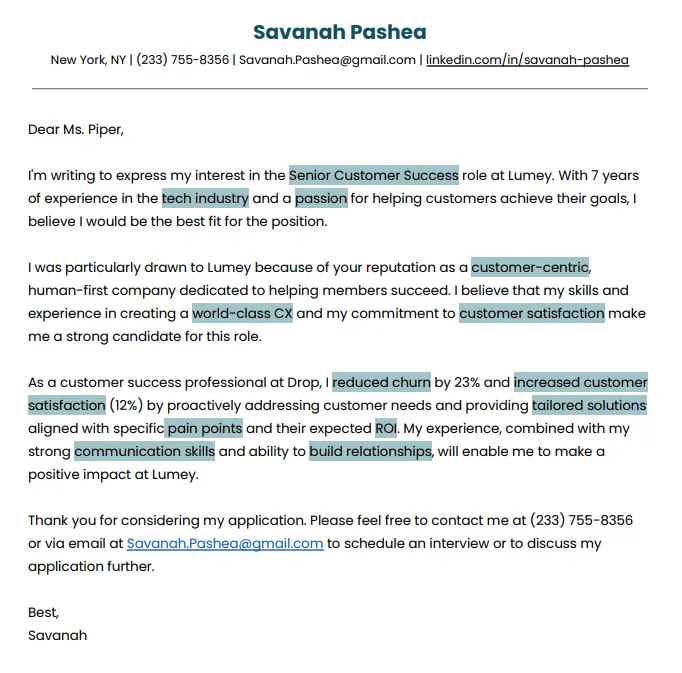
Numbers speak louder than words. Whenever possible, use metrics to demonstrate your achievements. For example, instead of saying “Improved customer satisfaction,” say “Increased customer satisfaction scores by 15% through the implementation of a new feedback system.” Quantifying your achievements allows the recruiter to quickly understand your contributions and the value you bring to a team. Consider using percentages, dollar amounts, or other measurable data to illustrate your impact.
Using the STAR Method
The STAR method (Situation, Task, Action, Result) is a powerful framework for structuring your achievement stories. First, describe the situation or context. Then, outline the task you were assigned or the challenge you faced. Explain the actions you took to address the situation. Finally, detail the results you achieved. This structured approach makes it easy for the reader to understand your role and the impact of your work. For example, you can describe a time you exceeded expectations by taking initiative or coming up with creative solutions.
Secret 3 Show, Don’t Tell
Instead of simply stating that you’re a good leader or a strong communicator, provide specific examples that demonstrate these qualities. This approach makes your cover letter more engaging and persuasive. Showcasing your skills through real-world examples creates a lasting impression.
The Power of Storytelling
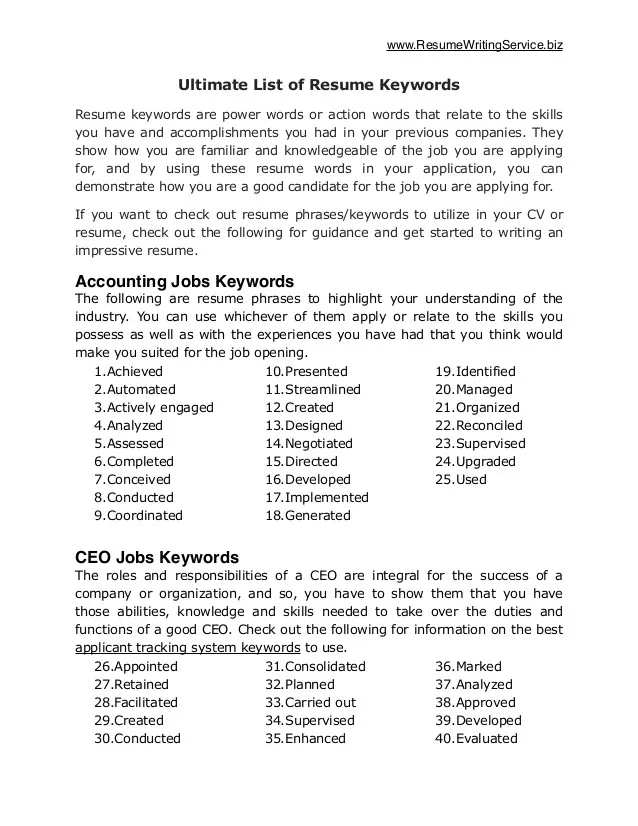
Stories capture the reader’s attention and make your cover letter more memorable. By weaving anecdotes into your writing, you can bring your experiences to life and make a stronger connection with the hiring manager. Storytelling allows you to showcase your personality, skills, and experience in a way that is more engaging than simply listing facts. Consider using narrative structure to highlight your journey.
Examples of Effective Storytelling
Instead of writing “I am a team player,” you could share a short story about a time you successfully collaborated with colleagues to solve a challenging problem. For instance, “In my previous role, our team faced a tight deadline on a crucial project. To ensure its success, I organized regular brainstorming sessions, facilitated open communication, and offered support wherever needed. As a result, we delivered the project on time and under budget, exceeding client expectations.” The details will make your accomplishments more vivid.
Secret 4 Research the Company
Demonstrate your genuine interest by researching the company. Understand their mission, values, and recent achievements. Use this information to tailor your cover letter and show how your skills align with their specific needs. Researching the company will provide you with insights into their current projects, challenges, and goals. This knowledge allows you to write a cover letter that is not only more personalized but also relevant to their needs.
Why Company Research is Crucial

Employers want to see that you’re interested in their organization beyond just needing a job. Showing you’ve taken the time to learn about their culture, products, and services shows initiative and genuine interest. It also allows you to demonstrate how your values and goals align with theirs. This extra step demonstrates that you’re not just sending out a generic application but are seriously considering the position.
Where to Find Information
Visit the company website, read their ‘About Us’ page, and explore their social media profiles. Look for recent news articles, press releases, and employee testimonials. LinkedIn is also a valuable resource. Research the company and find out about its employees. Understanding the company’s culture and values allows you to personalize your cover letter and show you’re a good fit. Use these resources to tailor your letter to the specific company.
Secret 5 Use the Right Keywords
Many companies use Applicant Tracking Systems (ATS) to screen cover letters and resumes. Identify the key keywords in the job description and strategically incorporate them into your cover letter. This increases your chances of getting past the initial screening process. By including the right keywords, you ensure your cover letter aligns with what the employer is looking for. This practice optimizes your application for both human and machine readers.
Identifying Relevant Keywords
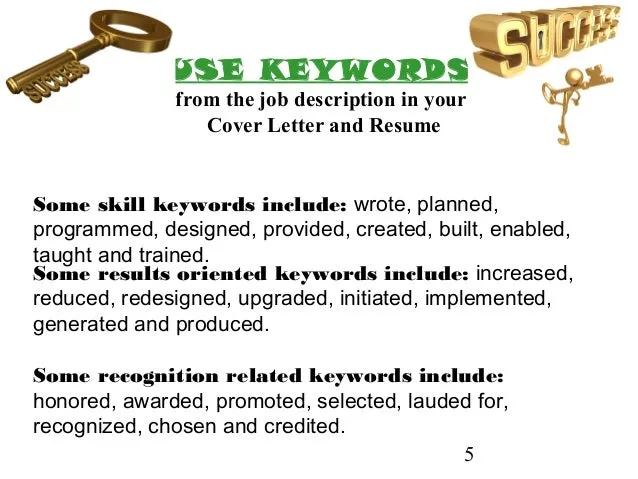
Carefully analyze the job description. Look for frequently used words and phrases related to the required skills, experience, and responsibilities. Create a list of these keywords and phrases. These keywords are the most important words. Make sure you understand the meaning of each keyword. Use tools like keyword research websites to help you find the most relevant words.
Strategically Placing Keywords
Don’t just stuff keywords into your cover letter. Use them naturally within the context of your sentences. Focus on incorporating the keywords into your summary, skills sections, and descriptions of your accomplishments. Ensure you are not sacrificing readability. The goal is to have your cover letter read naturally while still highlighting the required keywords. Consider bolding important keywords to make them stand out.
Secret 6 Perfect Your Formatting
A well-formatted cover letter is easy to read and visually appealing. Use a professional font, clear headings, and appropriate spacing. A clean format creates a positive first impression. Avoid clutter and aim for a professional layout that allows the recruiter to quickly scan your document. Using a clear format helps you stand out.
Formatting for Readability
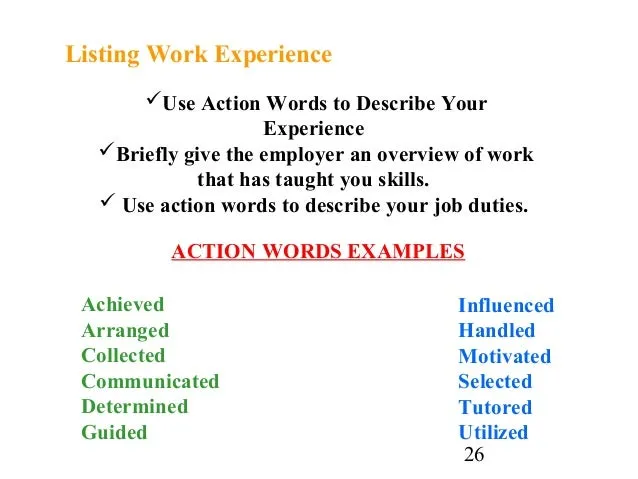
Choose a standard, professional font like Times New Roman, Arial, or Calibri. Use a font size of 11 or 12 points. Use clear headings and subheadings to break up the text and guide the reader. Maintain consistent spacing throughout your letter. Employ bullet points or numbered lists to highlight key skills and accomplishments. Break long paragraphs into smaller chunks to enhance readability. Proper formatting helps recruiters easily find the information they are looking for.
Avoiding Common Formatting Mistakes
Avoid using excessive colors, graphics, or unconventional fonts. Keep your formatting simple and professional. Check your margins and ensure they are consistent throughout the document. Avoid using excessive bolding, underlining, or italics. Proofread your letter carefully to catch any formatting errors. Simple formatting is easier for recruiters to read and review.
Secret 7 Proofread and Edit
Typos and grammatical errors can undermine your credibility. Always proofread your cover letter carefully before submitting it. Ask a friend or family member to review it as well. A fresh pair of eyes can often catch errors you might have missed. Make sure the cover letter is well-written and error-free. Even the slightest mistake can damage your chances of getting hired. Proofreading makes the difference.
The Importance of Proofreading

Typos and grammatical errors create a negative impression and suggest a lack of attention to detail. These errors undermine your credibility and can lead to your application being rejected. Proofreading ensures your cover letter is polished and professional, which is very important. Take the time to review your cover letter multiple times and carefully check for any mistakes. Getting a second opinion also helps.
Tools for Editing
Use a grammar checker and spell checker to identify and correct errors. Consider using online proofreading tools like Grammarly. Read your cover letter aloud to catch any awkward phrasing or errors. Enlist a friend or family member to review your letter for clarity, grammar, and style. Using these tools, and checking your cover letter yourself, will vastly improve your chances of success.
In conclusion, crafting a winning cover letter doesn’t have to be a daunting task. By following these 7 secrets – customizing your letter, highlighting achievements, showcasing your skills, researching the company, using the right keywords, perfecting your formatting, and meticulously proofreading – you can create a document that captivates hiring managers and lands you your dream job. Take action and start implementing these strategies today. Good luck with your job search!
